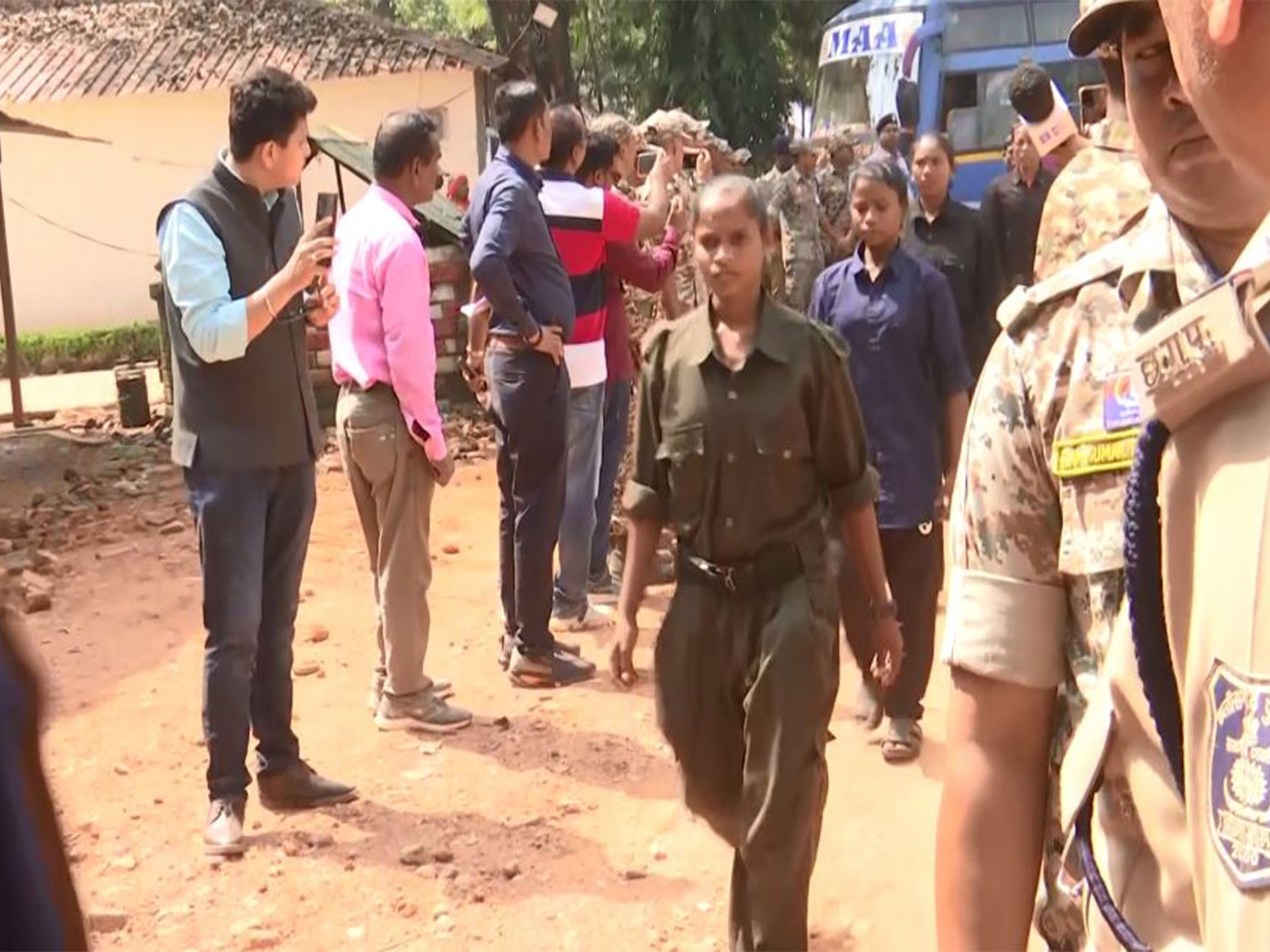Monsoon, exports and GST: Will economy finally bring achhe din for NDA?

For over two years, the Indian economy has been facing headwinds due to bad monsoons, tepid growth in the global economy, and the inability to take the Opposition along on key reform bills like the Goods and Services Tax Bill and the Land Acquisition Bill.
But all this seems to be changing now.
After two consecutive drought years, the monsoon has covered the whole country. The rains, as per the predictions of the Indian Meteorological Department, are expected to be 106% of the normal average.
This means that the 58% of rural household dependent on agricultural activity (NSSO data 2012-13) will be better off this year, and this would add to the country's economic growth.
Another piece of good news comes from merchandise exports. After registering a fall for 19 consecutive months, the sector registered a marginal, but important, growth of 1.27% in June 2016 at $22.6 billion. This is important because Chinese exports fell 4.8% in the same month.
And, if things do not go awry at a late hour, the NDA government is likely to get the much awaited GST Bill passed in the Monsoon Session of Parliament.
Help from the monsoon
In 2015-16, even though the Indian economy reportedly grew at 7.6%, which was more than China's growth, there was no sheen in the government's claims. Various micro-indicators were in the negative zone.
For example, India added the lowest number of jobs since 2009 (when job data collection was started) at 1.35 lakh. According to RBI governor Raghuram Rajan, in 2015-16, most manufacturing companies were functioning at 70% of their capacity. Therefore, the companies were not in a position to add jobs at their factories.
However, a good monsoon will add to the demand for industrial as well as consumer durable goods, which can motivate companies to expand their capacities and create jobs.
More jobs would mean more money to be spent on goods, which will kick-start a cycle of economic activity, which in turn would push up India's GDP.
Moreover, a large number of jobs between 2014 and April 2016 were lost in the exports sector, as labour intensive sectors like textiles, leather and engineering, due to falling exports. If the exports sector does come out of its more than a year-long slump, it will create a massive number of jobs in the Small and Medium Enterprise sector.
Again, the result would be an increased demand for FMCGs and consumer durables.
Lastly, after being sidelined by the state finance ministers' decision to support the Model GST law, the main Opposition party, the Congress, has finally agreed to a five-hour debate in the Rajya Sabha on the GST Bill.
The debate is expected to lay the foundation for the passage of the GST Bill before the end of the Monsoon Session.
Once the uniform tax regime gets passed in the country, it will cheer up foreign investors immediately, who are expected to start pumping money into the Indian economy. From next year, when the GST gets implemented in the country, it is likely to add 1%-2% to the country's GDP.
Change in dynamics
The first two years of the Modi government were politically controversial, as the government lost control over various issues. This affected its image within the country as well as abroad.
However, an even bigger cause of concern was the lack of trustworthy economic growth numbers, which took the sheen away from a government that came in with a brute majority in Parliament.
If things go well, it may well change the dynamics in the country, and could give the NDA the confidence which befits a government with 336 seats in the Lok Sabha.
Edited by Shreyas Sharma
More in Catch
Not just farmers, India's economy is pinning hopes on a good monsoon
Monsoon is here. But will it end the drought?
Parliament's monsoon session to begin today, GST Bill remains top priority
First published: 19 July 2016, 21:57 IST






![BJP's Kapil Mishra recreates Shankar Mahadevan’s ‘Breathless’ song to highlight Delhi pollution [WATCH] BJP's Kapil Mishra recreates Shankar Mahadevan’s ‘Breathless’ song to highlight Delhi pollution [WATCH]](https://images.catchnews.com/upload/2022/11/03/kapil-mishra_240884_300x172.png)

![Anupam Kher shares pictures of his toned body on 67th birthday [MUST SEE] Anupam Kher shares pictures of his toned body on 67th birthday [MUST SEE]](https://images.catchnews.com/upload/2022/03/07/Anupam_kher_231145_300x172.jpg)






